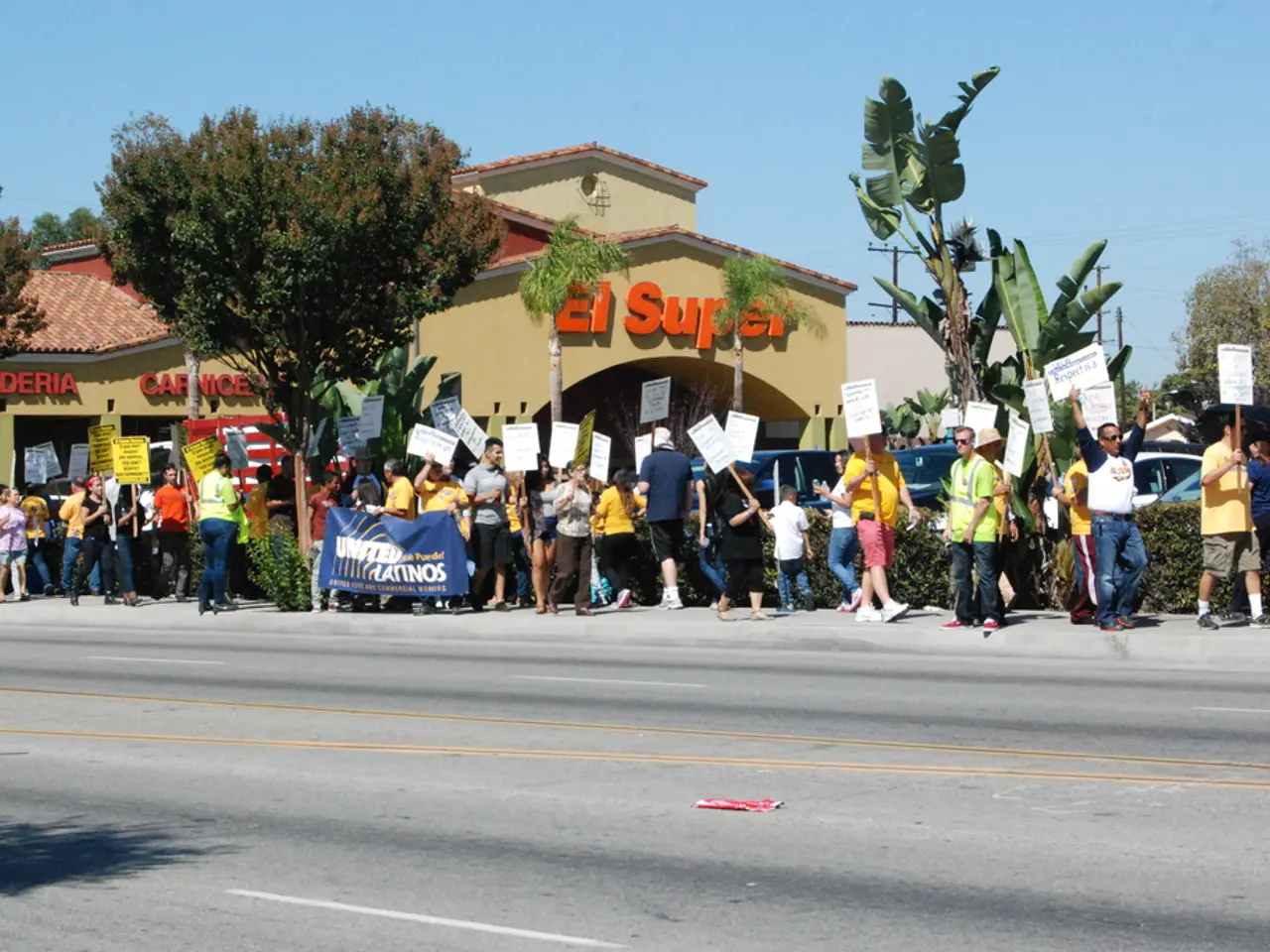Experiencing Life's Varied Aspects Between Foreigners and Native Swiss Residents
In a recent report by the Federal Statistical Office (FSO), significant disparities between Swiss nationals and foreigners in Switzerland have been highlighted, particularly in the areas of housing costs, living space, and broader social integration.
Financially, foreign households pay on average about 10.5% more in rent than Swiss households. This rent disparity has been increasing over recent years, with foreigners in major urban regions such as Zurich and the Lake Geneva area paying over 15% more. One reason for this is that foreign households tend to occupy smaller living spaces, averaging 35.8 square meters compared to 48.2 for Swiss households. This results in higher rental costs per square meter.
Housing discrimination based on nationality, language skills, or appearance can limit foreigners’ access to housing options, sometimes forcing them to accept more expensive or less desirable apartments. Although such discrimination is illegal and under governmental scrutiny, it remains a concern in certain regions.
In terms of social cohesion, around 40% of Switzerland’s population has a migrant background, reflecting one of the highest proportions worldwide. While many people with migration backgrounds have acquired Swiss citizenship, naturalization remains relatively restrictive. The integration of migrants into Swiss society is growing but remains a complex social dynamic.
Regional differences in openness to diversity have been noted, with those without a migrant background in German-Romansh and Italian-speaking Switzerland found to be "significantly less open to diversity in everyday life" than in French-speaking parts of the country. However, foreigners were found to be more open to diversity than those without a migrant background, with 78% of foreigners open compared to 65.9% of those without a migrant background.
In other areas, foreigners face challenges as well. For instance, they are nearly three times more likely to go without dental care due to affordability issues, with 7.4% skipping dental care in 2022, compared to 4.2% in 2015.
The poverty rate for foreigners has been particularly high in the Ticino region, where it is more than four times as high as for those without a migrant background. However, the poverty rate for foreigners in Switzerland has fallen from 11.4% in 2021 to 9.1% in 2023.
The FSO data highlight marked disparities in housing costs and living conditions that reflect both economic realities and potential social challenges faced by foreigners in Switzerland. The government recognizes some of these challenges and is seeking measures to improve fairness and social cohesion.
[1] Swiss Federal Statistical Office Report on Migration and Integration [2] Swiss Federal Government's Action Plan on Housing Discrimination [3] Swiss Federal Government's Integration Strategy
[1] Despite their significant contributions to Swiss sports teams, foreign athletes often encounter difficulty in finding affordable housing due to discrimination, making it challenging for them to continue their careers.
[2] On weekends, the weather sometimes impacts skiing and hiking events, especially in the Swiss Alps, causing cancellations or rescheduling due to heavy snow or avalanche warnings.








